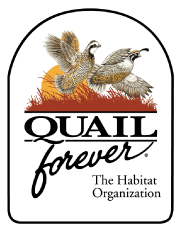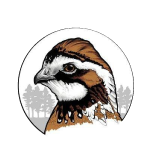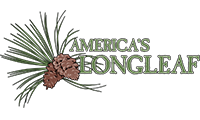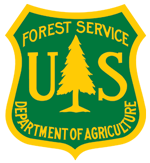Landscape Partnership Resources Library
Agenda for October 4th ISC Call
The agenda included a discussion on the Central Hardwoods Joint Venture letter, a decision to approve the Work Plan, and the allocation of the remaining FY12 Funds.
Freshwater Mussels of the Powell River, Virginia and Tennessee: Abundance and Distribution in a Biodiversity Hotspot
Historically, the Powell River had a diverse freshwater mussel fauna of 46 species. Various surveys conducted over the past century have recorded a decline in mussel densities and diversity throughout much of the river, due to historical and on-going anthropogenic impacts. In 2008 and 2009, random timed-search, systematic search, and quadrat sampling of 21 sites were completed to document species richness, relative abundance, density, and size-class structure of resident mussel populations. We recorded 19 species from 18 sites, including 5 endangered species during quadrat sampling efforts. he mussel fauna of the lower Powell River continues to represent one of the most diverse in the United States. Outside of the Powell River, only 2 or 3 populations remain for most of the listed species extant in the river. Given these qualities, the Powell River deserves recognition as a location for focused conservation efforts to protect its diverse mussel assemblage.






















